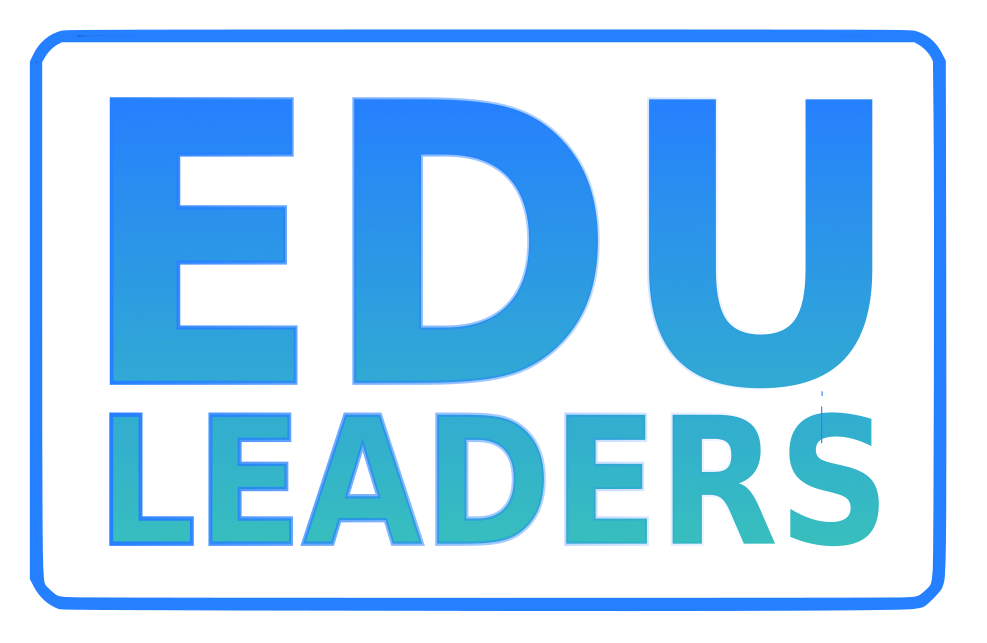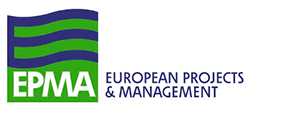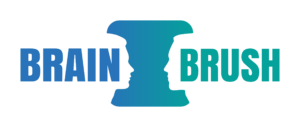Agility – The only certainty is constant change…
How to work in a school environment with constant changes?
Can teachers be more involved in school events?
How can feedback from teachers and students be used to improve the quality of teaching and the culture of our school?
Agile is a flexible methodology that is based on teamwork, rapid learning and continuous improvement.
This module is intended for school directors and their deputies who want to learn more about the key topics of agility, which are rapid adaptation to change, increasing employee engagement, improving the quality of education, greater transparency, increasing efficiency and productivity, promoting personal development:
The outputs of this module are
Knowledge and use of the key tool of agility “Retrospective”, which helps to build an open culture,
increases employee engagement, promotes effective communication and school and work development. Furthermore, work with a prioritization matrix to help teachers identify and prioritize tasks and activities according to their importance and urgency
Key activities:
Retrospective
Retrospective is a key element of agile management, enabling teams to constantly improve and adapt. It is a regular meeting where the team evaluates the past working period (month, quarter, half-year), analyzes what worked well and what was problematic, and together identifies ways to improve their work. It is a useful tool for school directors to improve teaching and the school environment. They help teachers and staff share their opinions, learn from mistakes, and work together to achieve better outcomes for students.
Step 1: Plan a retrospective
Set a regular time for retrospectives, for example, at the end of each school term (semester, quarter).
Choose the appropriate retrospective format. You can conduct it as a team meeting in the school library, online via video call, or even anonymously using online tools if you want to get honest feedback from teachers and staff.
Designate a retrospective facilitator. This can be a director, deputy director or someone else with appropriate skills and experience.
Step 2: Conduct of the retrospective
The retrospective should take place in several stages:
Opening (10 minutes):
Welcoming participants and setting the goals of the retrospective.
Quickly remind you of the rules and respect the principles of team communication.
Data acquisition (20 minutes):
Teachers and staff share their impressions of the past period. You can use tools such as post-it notes or online forms for anonymous feedback.
Questions you can ask include: What went well? What could we improve? What were the biggest challenges?
Analysis (20 minutes):
Together, the team analyzes the information obtained and looks for patterns and recurring problems.
Through polls or discussions, the team determines which issues are most prioritized for improvement.
Event planning (20 minutes):
Based on the identified problems, the team jointly formulates specific steps and an action plan for the following period.
Determine who will be responsible for each action and set deadlines.
Step 3: Closing the retrospective
Summarize what was discussed during the retrospective and what events were planned.
Thank participants for their contributions and engagement.
Step 4: Implement actions and monitor progress
Directors should ensure that planned actions are implemented and monitor their progress.
Periodically return to the planned steps in subsequent retrospectives and evaluate what changes have been achieved.
Prioritization matrix
This prioritization exercise helps teachers better understand which tasks have the highest priority and how to properly allocate their time and energy. In addition, it encourages collaboration and task sharing among teachers, which can lead to more efficient management of the school process.
Dopad – Impact Důležité projekty – Important projects.
Vysoký – High Zbytečnosti – Useless things.
Nízký – Low Náročnost – Level of difficulty.
Procedure:
Preparation of the priority matrix:
Prepare a large sheet of paper or blackboard and make a matrix with two axes on it. On the horizontal axis mark “Importance” and on the vertical axis indicate “Urgency”. Create a scale from 1 (lowest) to 5 (highest) for both axes.
Get a list of tasks from teachers to perform. You can do this anonymously so teachers feel more free to share their assignments.
Division of tasks:
Ask teachers to write their assignments (one assignment per separate card) and place them on a priority matrix according to how they feel they are important and urgent. They can use pins or attach tickets with tape.
Discussion and reflection:
After all the teachers have placed their assignments on the matrix, you can discuss the results together.
We ask: What tasks are the most important and urgent? Which tasks can we defer or delegate? How can we better manage our time and resource commitments?
Plan of events:
Based on the discussion, you can jointly draw up a plan of action. This may include redistributing tasks, setting priority deadlines, and ways to tackle important tasks more effectively.
Tracking progress:
You regularly return to the priority matrix at future team meetings and monitor progress in completing tasks.
The Art of Agilie
Comments Modul 2
Quest: Shared
Quest: A Retrospective
MODULE 2 - Questionnaire for you
Funded by the European Union. Views and opinions expressed are however those of the author(s) only and do not necessarily reflect those of the European Union or the European Education and Culture Executive Agency (EACEA). Neither the European Union nor EACEA can be held responsible for them.




